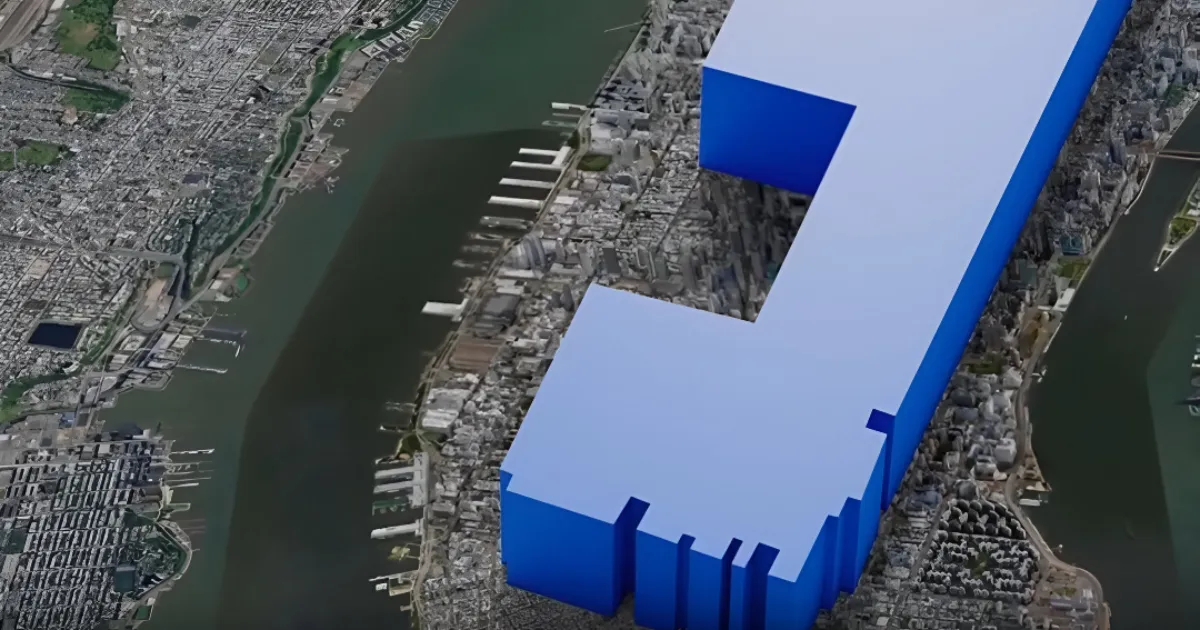Meta is building Hyperion, a 5 GW AI data center

Meta is taking a bold leap in the artificial intelligence arms race with a massive infrastructure buildout that could redefine both the future of AI and America’s energy landscape. In a recent announcement on Threads, CEO Mark Zuckerberg revealed the construction of Hyperion, a new data center the company expects to supply with five gigawatts (GW) of computational power—an unprecedented scale in the tech world.
This development comes amid Meta’s aggressive push to compete with leading AI labs like OpenAI, Google DeepMind, and Anthropic. After recruiting top talent such as former Scale AI CEO Alexandr Wang and ex-Safe Superintelligence leader Daniel Gross, Meta is now focusing on the muscle required to train the next generation of frontier models: raw compute.
Prometheus and Hyperion: Meta’s AI Titans
According to Zuckerberg, Hyperion’s physical footprint will span an area comparable to most of Manhattan. Alongside it, Meta plans to launch Prometheus, a 1 GW AI supercluster, by 2026. If delivered on time, it would make Meta one of the first tech giants to operate AI clusters of such magnitude.
Combined, these systems are intended to support Meta’s Superintelligence Lab and significantly elevate the company’s ability to train and serve cutting-edge AI models at scale. The sheer scale of Hyperion and Prometheus places Meta in a more competitive position relative to peers—and may serve as a magnet for further AI talent.
A Hidden Cost: Energy, Water, and Community Impact
Yet the pursuit of AI dominance is not without consequences. Together, Meta’s new projects will consume enough energy to power millions of homes, raising urgent concerns about environmental and societal impacts. A recent report by The New York Times highlighted how Meta’s Newton County, Georgia data center led to dry taps in nearby homes, underscoring the local toll of these infrastructure projects.
And Meta is far from alone. AI cloud provider CoreWeave is planning a data center outside Dallas that could double the electricity needs of a nearby city. Similar projects from OpenAI, Softbank, and Elon Musk’s xAI also aim to create AI supercomputers—Stargate and Colossus, respectively—further intensifying competition for limited power and water resources.
Government Support and an Energy Reckoning
This rapid expansion has not occurred in a vacuum. The Trump administration has vocally supported efforts to grow the country’s AI infrastructure. Former President Trump helped unveil OpenAI’s Stargate project and has spoken publicly about positioning America as a global AI leader.
U.S. Secretary of Energy Chris Wright, writing in The Economist, echoed this vision, urging the U.S. to take charge of the “energy-intensive frontier” of AI. He framed AI as the ultimate transformation of energy into “intelligence,” calling for increased production from coal, nuclear, geothermal, and natural gas sources to meet future demand.
A Power-Hungry Future
With federal support and private investment surging, the AI industry is poised to become a major force in U.S. energy consumption. Experts now estimate that data centers could account for 20% of America’s energy use by 2030, up from just 2.5% in 2022. Without a substantial boost in energy generation and infrastructure upgrades, communities across the country may face more frequent disruptions—and mounting tensions.
Final Thoughts
Meta’s Hyperion project represents more than a technological upgrade—it signals a turning point in how nations, corporations, and communities must grapple with the immense costs of digital intelligence. As the world races toward smarter machines, the question remains: Can our infrastructure, environment, and social fabric keep pace?
The AI future may be powerful, but it won't come cheap.





